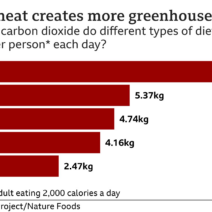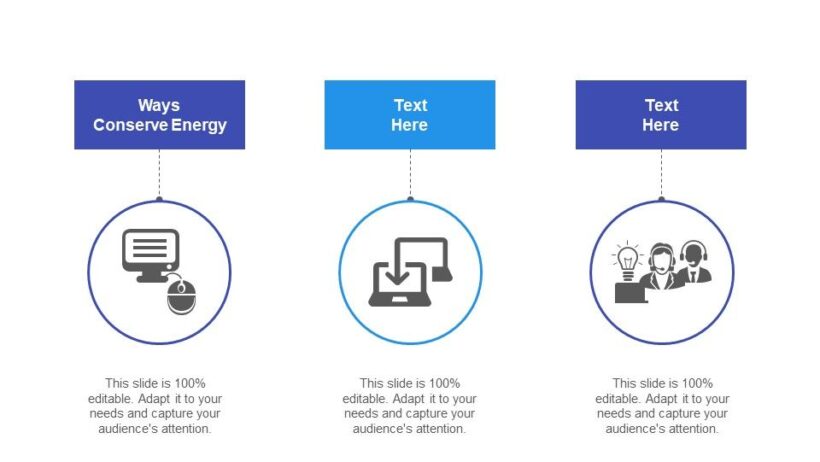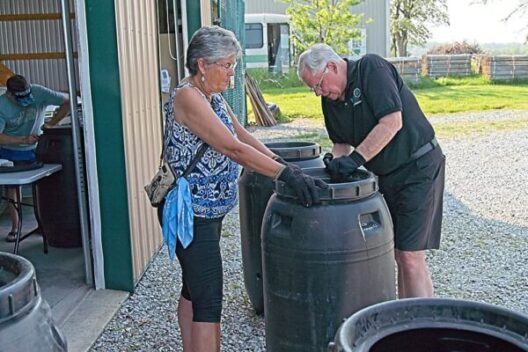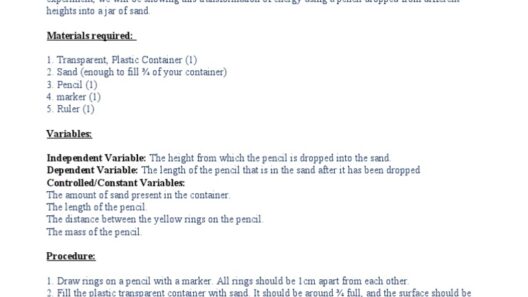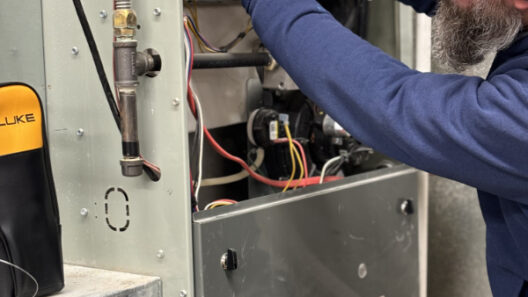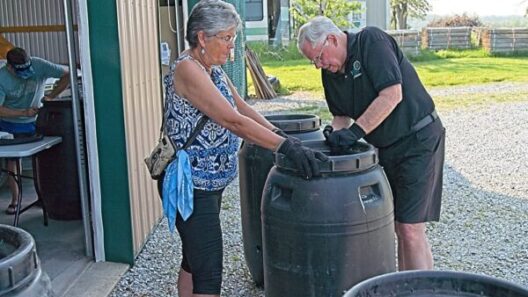Conserving energy indoors is not merely an environmentally conscious choice; it can also lead to significant cost savings and enhanced comfort. Homeowners have a myriad of options to optimize energy use. This guide explores several effective strategies that promote energy efficiency within the home.
1. Conduct an Energy Audit
An energy audit is the first and most critical step toward understanding your home’s energy consumption. This assessment identifies areas where energy loss occurs, enabling effective mitigation strategies. Homeowners can either hire a professional or perform a DIY audit by checking insulation levels, sealing drafts around windows and doors, and evaluating the efficiency of heating and cooling systems. Knowing baseline energy use equips homeowners with actionable insights.
2. Enhance Insulation
Proper insulation is essential for maintaining a controlled indoor climate. Homes with inadequate insulation lose heat during winter and cool air during summer, leading to higher energy bills. Focus on insulating attics, walls, and floors. Consider materials such as spray foam, fiberglass batts, or cellulose, which provide different concentrations of thermal resistance, known as R-values. Seal all gaps and cracks with caulk or expanding foam to prevent energy wastage.
3. Upgrade Windows and Doors
Windows and doors significantly affect a home’s energy efficiency. Single-pane windows can be major culprits for heat loss. Replacing them with double or triple-pane windows that feature low-emissivity glass can enhance energy retention. Additionally, installing storm windows can provide an extra layer of insulation. Don’t overlook doors: weatherstripping and installing door sweeps can prevent drafts and improve heating and cooling efficiency.
4. Implement Smart Thermostats
Smart thermostats optimize heating and cooling schedules, ensuring that energy isn’t wasted when you are not at home. These devices adapt based on your routines and can be controlled remotely. Some models even learn your preferences over time. Setting your thermostat a few degrees lower in winter and higher in summer can lead to substantial energy savings.
5. Use Energy-Efficient Appliances
When replacing appliances, choose models that are Energy Star certified. These appliances use significantly less energy than their conventional counterparts. Focus on high-energy consumers such as refrigerators, washing machines, and heaters. Though the initial investment may be higher, the long-term savings on energy bills can be considerable.
6. Switch to LED Lighting
Lighting contributes heavily to energy consumption. Transitioning from incandescent bulbs to LED lighting can save up to 75% in energy costs. LEDs have a longer lifespan and are available in a variety of color temperatures to suit different aesthetic preferences. Utilize dimmers and motion sensors to further reduce energy use in seldom-occupied spaces.
7. Optimize Heating and Cooling Systems
Regular maintenance of heating, ventilation, and air conditioning (HVAC) systems is crucial for energy efficiency. Change filters regularly and schedule annual professional inspections to ensure these systems operate optimally. Consider zoning systems to control temperatures based on usage, reducing the workload on heating and cooling systems in unoccupied rooms.
8. Manage Water Heating
Water heating can account for a significant portion of energy expenditures. Set your water heater thermostat to 120°F, which is sufficient for most household uses. Insulating your water heater and the pipes connected to it can minimize heat loss. If feasible, consider investing in a tankless water heater that heats water on demand, reducing standby energy consumption.
9. Conserve Energy with Behavioral Changes
An often-overlooked aspect of energy conservation involves altering daily habits. Simple steps like turning off lights when leaving a room, unplugging chargers not in use, and reducing the use of televisions and computers can significantly impact overall energy consumption. Encourage family members to adopt energy-saving initiatives and track reductions over time.
10. Incorporate Renewable Energy Sources
As a long-term sustainability measure, homeowners can invest in renewable energy technologies such as solar panels or wind turbines. Solar energy systems can significantly reduce reliance on grid electricity and lower utility bills. While the upfront costs can be considerable, government incentives and falling prices of solar technology make it an increasingly accessible option for homeowners.
11. Use Natural Ventilation
To reduce dependence on air conditioning, utilize natural ventilation strategies. Opening windows at cooler times of the day allows for fresh air circulation, minimizing the need for mechanical cooling systems. Use fans appropriately to enhance airflow throughout the home. Proper landscaping can also contribute to shading the home and reducing interior temperatures.
12. Educate and Involve All Residents
Engaging all household members in energy conservation efforts promotes a culture of sustainability. Provide information on energy-saving techniques and encourage teamwork in monitoring energy use. Create a shared energy goal that fosters commitment and accountability among residents. Small actions taken collectively can result in significant energy savings over time.
In conclusion, conserving energy indoors is a multifaceted endeavor that involves a combination of strategic upgrades, behavioral changes, and the adoption of technology. By implementing these measures, homeowners can reduce their energy consumption, lower utility costs, and contribute to a more sustainable future.
